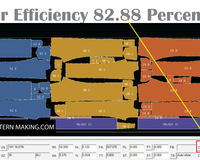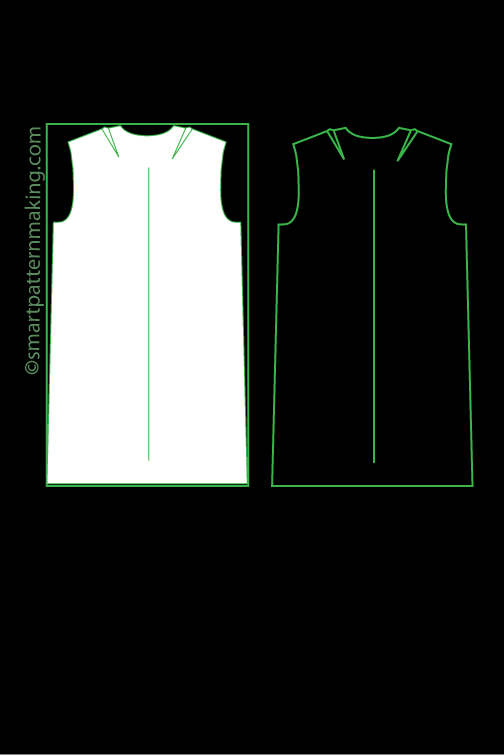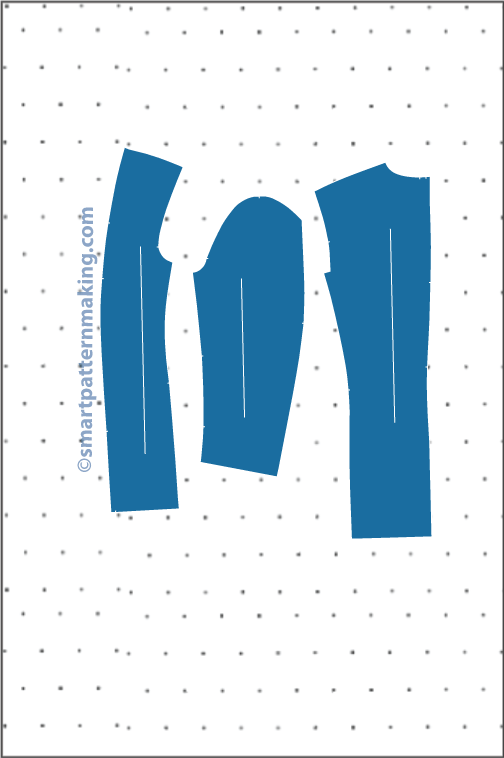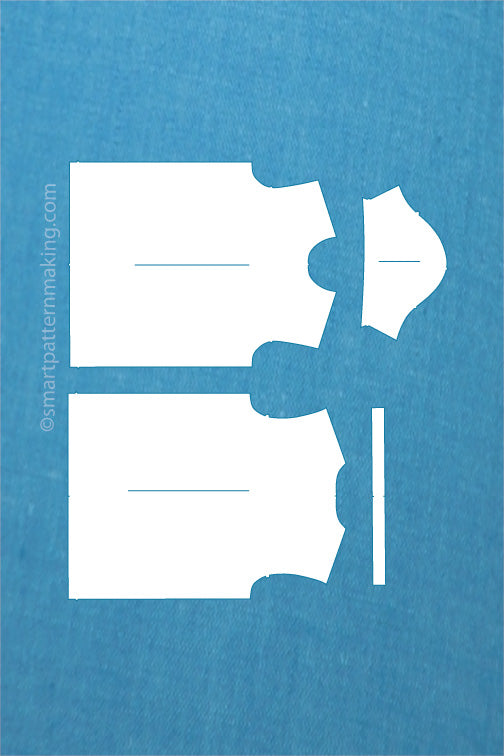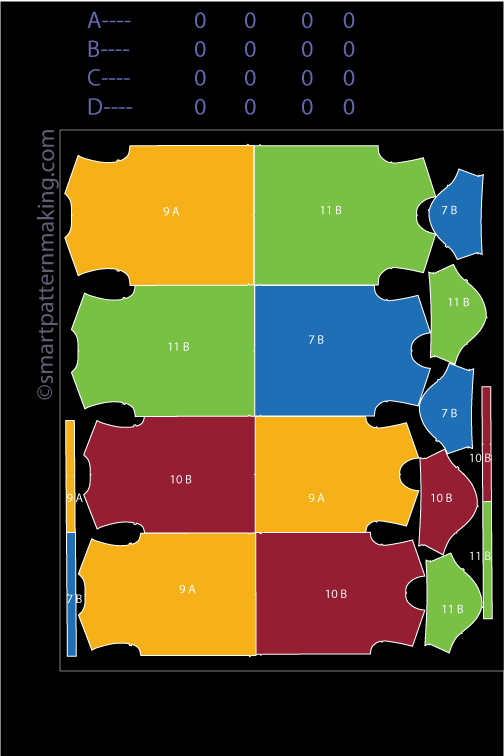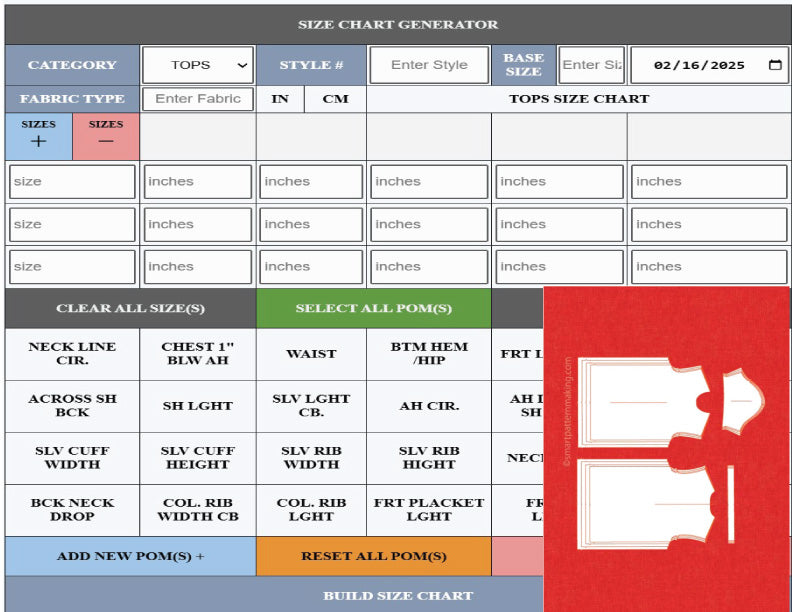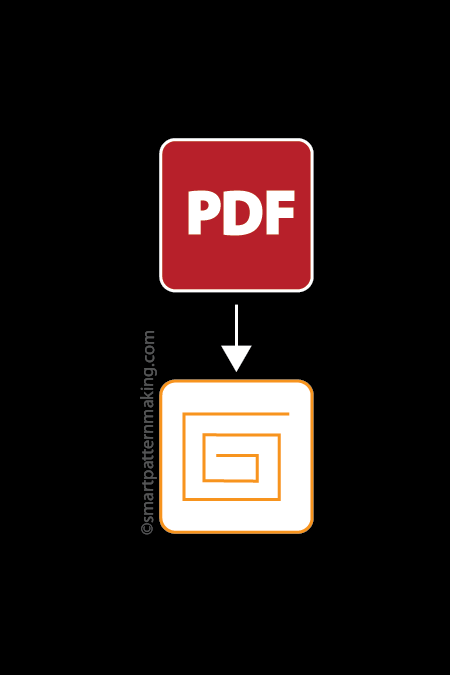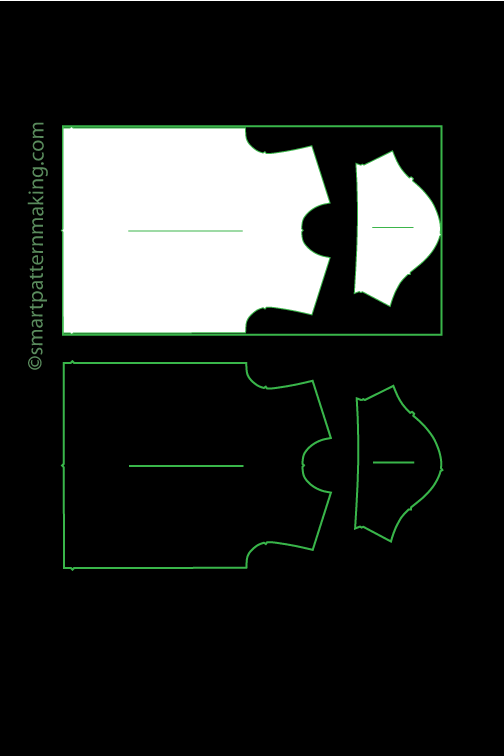In this day and age of modern technology, what you put to paper can be transformed into anything you like. Technology has also played its part in transforming the world of apparel by taking anything you put to paper, cardboard, or plastic and making it into a pattern that can adorn endless quantities of fabric. It is a wonder that can scan and edit patterns that are made onto a physical medium. Shirt patterns can be digitized, edited, transformed, and printed across a range of fabrics to help realize the designer’s vision. Technology goes hand in hand with fashion with digitizing.

To understand the power that pattern digitizing bestows upon designers and apparel manufacturers, it is necessary that there is a basic understanding of how the process works. This will also help you appreciate why patterns enjoy more flexibility and mass printing than ever before. The business of fabric and textiles has always been a significant industry. Now that technology has developed not only how apparel is manufactured, but also how it is designed, the industry has grown in unprecedented ways. Simple advancements have led to an exponential increase in the ease with which patterns can be turned out and fabric has much more flexibility than ever before.
Pattern digitizing is a very important part of production in the apparel industry. It makes the foundation of the apparel the manufacturers are known for. Patterns are one of the most distinct features of high quality garments. This is why it is highly important to have accurate pattern scanning and maximum flexibility in playing around with the designs. However, it does not stop at the textile industry. You will find that pattern digitizing can be found in industries such as automotive, aviation, steel, marine, and upholstery. Wherever there is a fabric or metal sheet for patterns to be used in, you will find pattern digitizing technology.
In particular when we talk about shirts pattern digitizing, let us take a look at how this process is undertaken in the garment industry. Digitizing in the apparel industry is the procedure through which designs that may be in the form of paper, plastic, or cardboard are scanned accurately and rendered in a digital form. They are scanned into a computer CAD system. This helps ensure that the design retains its essence by maintaining the original design and its shape. This can be preserved as it is or it can be adapted to be edited later on. Not only does this digital rendering help in developing design patterns, it also helps in adapting patterns to different sizes. Sewing patterns made on paper can be rendered digitally and graded through a computer CAD system. These patterns can later on be used to be create a series of sizes for the same design that suit a variety of body shapes, meeting the specific requirements of customers and the market as a whole.
The resources that you need to help you with shirts pattern digitizing are few and far between. There are very few stages of the process. With the right measurements, accurate scanning, and correct rendering, you will have a shirt pattern digitized in no time. These resources are very basic but they can make all the difference in rendering a clean print of your pattern.
Digitizing tables
Digitizing tables, also known as table digitizers, are special use tables intended for pattern digitizing. They are lined with electromagnetics which can be used with their companion special mouse to help trace the outlines of patterns, navigating from point to point, one at a time. The special mouse comes equipped with a series of buttons which help you navigate through the CAD and CAM program. The program is directly linked to the digitizer which creates the pattern digitally. The accuracy of the program execution depends upon the attention that is paid to detail as well as the experience of the user. Ultimately the pattern goes a long way in determining how well shirt patterns can be digitised. Before beginning to digitise, the digitizer needs to be calibrated and the pattern must be placed on the table surface with the use of adhesive tape to ensure that it remains fixed.
However, table digitizers do present a problem. They are bulky in size, making them inconvenient in terms of being portable. Moreover, since the process is extremely manual, you can only work with one pattern at a time. This makes the process of shirt pattern digitising a slow process, indeed.
Roll Up Digitizers
The table digitizers may present you with its own set of problems, but those can be easily remedied with the use of roll up digitizers. Roll up digitizers address the purpose as the table digitizers. The difference is that roll up digitizers are thin, lightweight, and flexible. This awards them with the advantage of being handier than their table counterparts. The roll up digitizer can be stretched out upon a flat surface, and rolled up once the process is finished. Another benefit that roll up digitisers offer is that they cost less in comparison with table digitizers. They do, however, require a flat surface upon which they can be rolled across. However, the issue of speed remains as the speed of digitising is as slow as it was with table digitizers.
Scanner Digitizers
This is where technology is hailed as the Savior once more. Scanner digitizers are the third alternative for digitizing your shirt pattern. Scanner digitizers, as the name suggests, are devices that function the same as scanners. These scanner digitizers have the ability to scan an image from a short range. They scan images from close by and, with the use of image processing technologies, process the scanned image to create a digitized pattern. Although these offer greater speed than the two alternatives listed above, these are the most expensive alternative. Although these may take up a large space also, but that depends on their size.
These are few of the many resources that can be used to achieve the kind of shirt pattern digitizing that you are looking for. These help render an accurate and clean digitised pattern that are flexible and can be printed across fabrics.
Ready to start digitizing or scanning your patterns? Click the get started button below. We are apparel industry pattern digitizing experts with 25 plus year experience in pattern digitization and scanning services.
Alejandro Esparza: Entrepreneur/ Founder @ smartpatternmaking.com/ Designer/ Professional Pattern Maker/ Startup Advisor. He has the ability to work with small entrepreneurial companies’ private label customers and large organizations. Alejandro is a graduate of Los Angeles Trade Technical College Fashion Design Program. He is an expert with over 25 years experience in apparel garment industry and has published multiple articles about the garment industry. Copyright © by Alejandro Esparza. All Rights Reserved. No part of this article may be copy or used without written Permission from Alejandro Esparza the Author.




